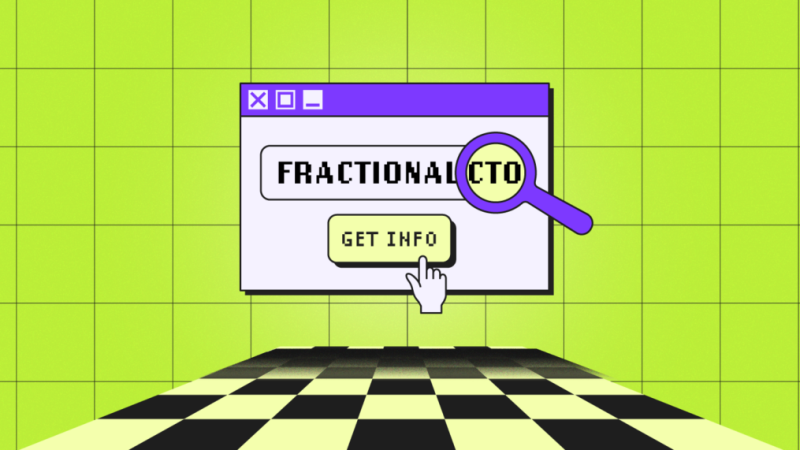Is Your Malaysian Accounting Software E-Invoice Ready?

If you’re a business owner in Malaysia, you’ve probably come across the term “e-invoicing” more and more lately. It’s not just another tech trend—it’s something the Inland Revenue Board of Malaysia (LHDN) is making mandatory through its MyInvois system.
Whether you’re running a small business or managing the finances of a larger company, one thing is clear: you’ll need to comply, and sooner rather than later. But here’s the big question—is your current accounting software for business ready for it?
Let’s walk through what you really need to know in plain language—no tech jargon, no unnecessary fluff.
First Off, What Is E-Invoicing Exactly?
At its core, e-invoicing means your invoices will now go through a central government platform—the MyInvois Portal managed by LHDN. You’ll no longer just email a PDF invoice to your client and call it a day.
Instead, when you issue an invoice:
- It gets validated by LHDN via MyInvois,
- Your customer gets notified of that invoice through the platform.
- Both you and your client’s records are automatically updated for tax purposes.
It’s designed to eliminate manual errors, prevent invoice fraud, and ensure real-time tax compliance. Eventually, it will apply to everyone, but rollout is happening in phases, depending on your annual turnover.
So if your business isn’t affected yet, it soon will be.
What Does It Mean to Be “E-Invoice Ready”?
If your accounting software claims to be “e-invoice ready,” that should mean a few very specific things. It’s not just about generating an invoice and emailing it. That’s old news.
To comply with Malaysia’s e-invoicing framework, your software should be able to:
- Connect to the MyInvois Portal (either directly or through APIs)
- Create invoices in structured formats like XML or JSON, as required by LHDN
- Send those invoices to LHDN for validation
- Receive validation results in real-time
- Track and store invoice statuses (issued, received, cancelled, etc.)
- Generate reports that match LHDN standards for audit or submission
It’s basically about automation, compliance, and integration. If your current system can’t do this, you’ll need to upgrade or migrate soon, or risk being left behind.
What Happens If You Don’t Upgrade in Time?
It’s easy to assume you can wait until the last minute. But here’s why that’s risky:
- You might experience delays getting set up if your software provider has a backlog of customers to onboard.
- Manual processes during the transition period could lead to tax filing errors.
- Non-compliance could mean penalties or audits once e-invoicing becomes mandatory for your business category.
Think of this as future-proofing your business. The earlier you start, the smoother the transition will be.
Signs That Your Software is Already E-Invoice Ready
Here are a few clues that your existing accounting software is on the right track:
- You see new menus or settings related to e-invoicing or LHDN
- You’ve been notified about an upcoming integration with MyInvois
- The software lets you create invoices in XML format
- There’s a dashboard or status tracker for submitted invoices
- Your vendor has already published timelines or webinars about e-invoicing
If none of these apply, it’s time to start asking questions.
What If My Software Isn’t E-Invoice Ready?
If your current software isn’t compatible with MyInvois, you have a few options:
- Check for updates or add-ons – Some providers may offer new modules or plugins for e-invoicing.
- Switch to a compliant provider – Look for local vendors like Million Accounting who already support MyInvois.
- Use third-party bridging software – Some solutions act as a middleman between your old system and LHDN.
Each option comes with its own costs and learning curve, so the key is to plan early.
Why Cloud-Based Software Might Be the Smarter Choice
If you’re still using desktop-based accounting software, e-invoicing is a great reason to consider switching to the cloud. Why?
- Cloud software is easier to update, which means you’ll get the latest compliance tools faster.
- Access from anywhere, so your remote teams can issue invoices too.
- Real-time sync with LHDN, ensuring less room for errors or duplicates.
- Better data security and backups, especially if anything ever goes wrong.
Cloud accounting tools are also typically more scalable, making them ideal for growing businesses.
Steps to Take Right Now
If you’re feeling unsure, here’s what you can do today:
- Ask your accounting software provider if they support e-invoicing for Malaysia (specifically MyInvois).
- Request a demo of the e-invoicing process within their system.
- Check if your business falls under the current phase of implementation.
- Start educating your finance team about what e-invoicing looks like day-to-day.
- Review your workflows—some processes may need updating to match real-time invoice validation.
The Bottom Line
E-invoicing is no longer optional—it’s the future of doing business in Malaysia. Whether you’re a small retail store or a fast-growing online seller, you’ll need to ensure your accounting system is equipped to handle this change.
The sooner you switch to e-invoice ready software, the easier your transition will be. Don’t wait for deadlines or pressure from LHDN—start now, and stay ahead.
Your future self (and your accountant) will thank you.







